from 0 review
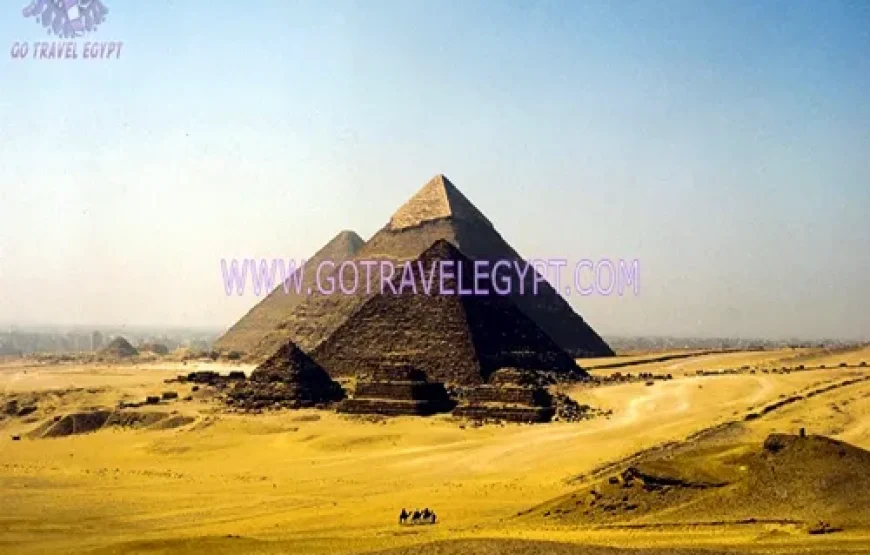



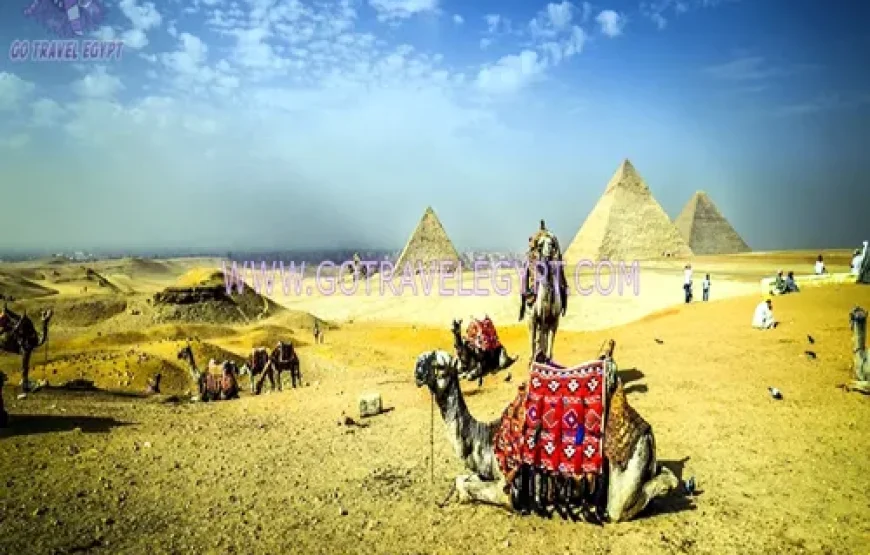
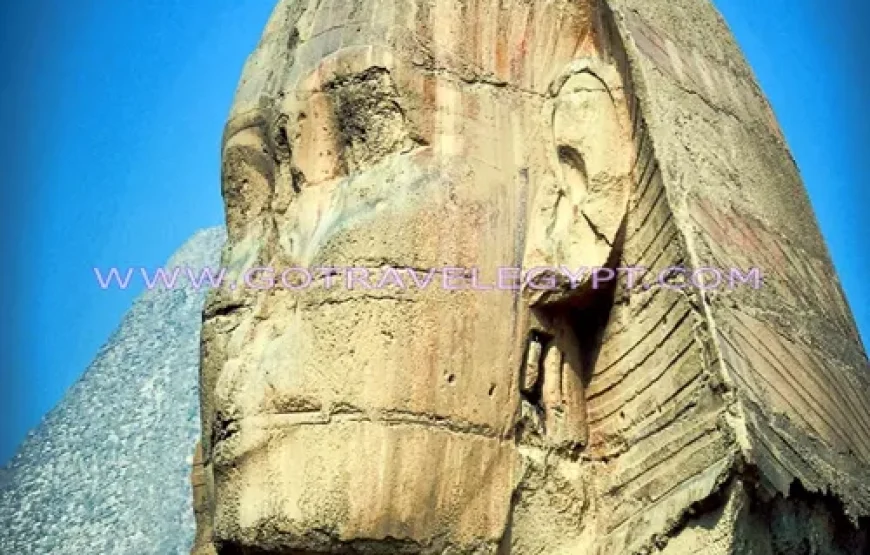
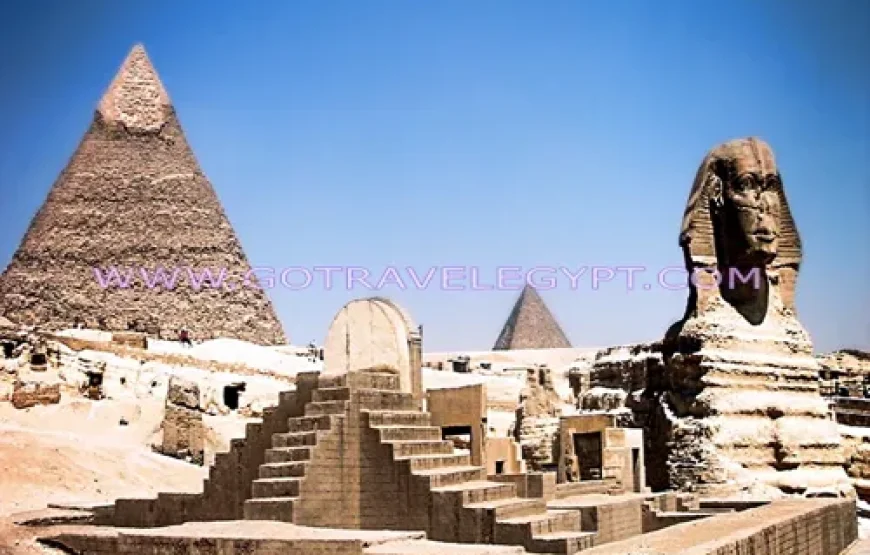
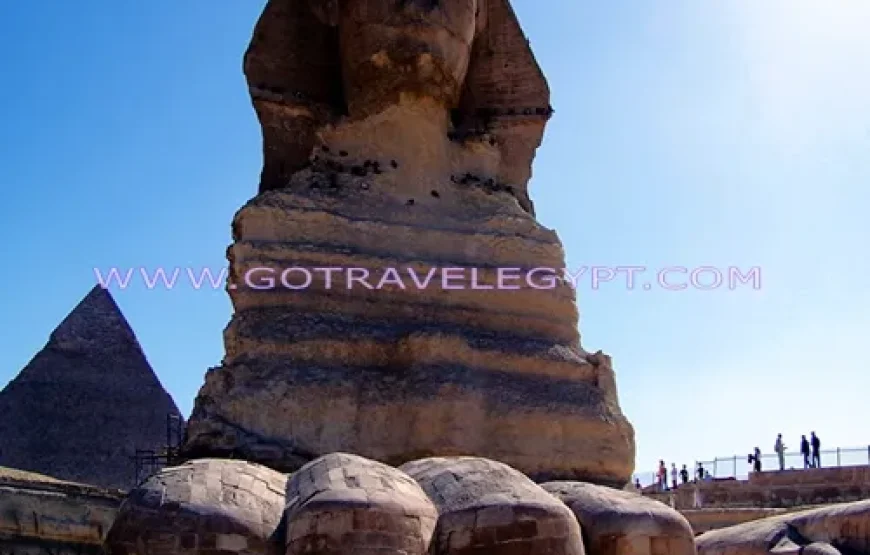
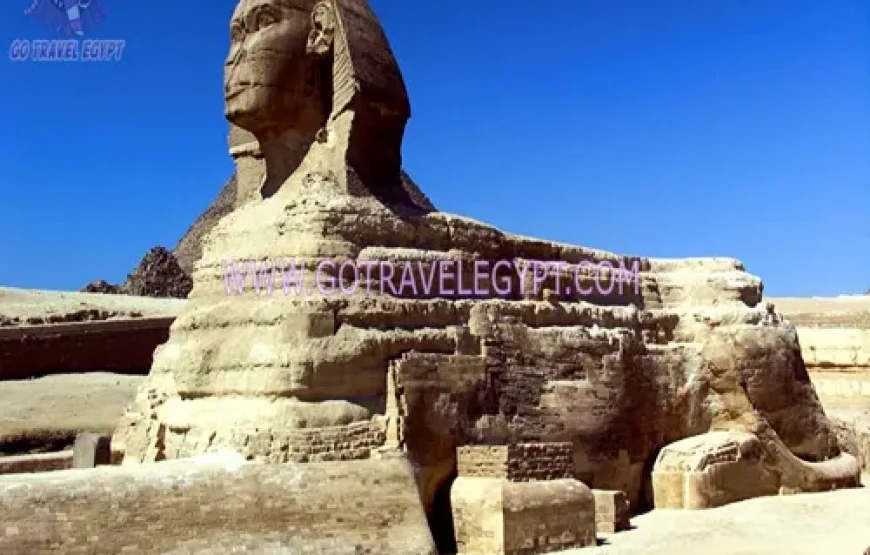
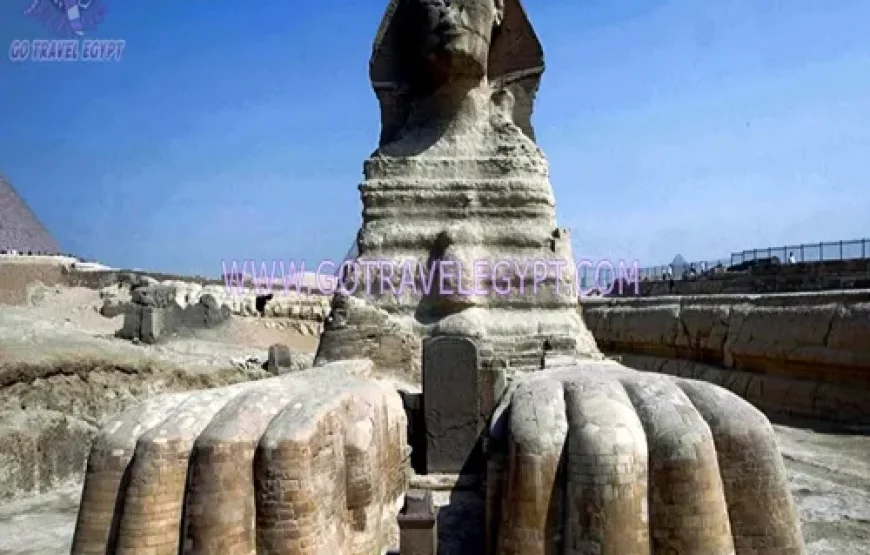
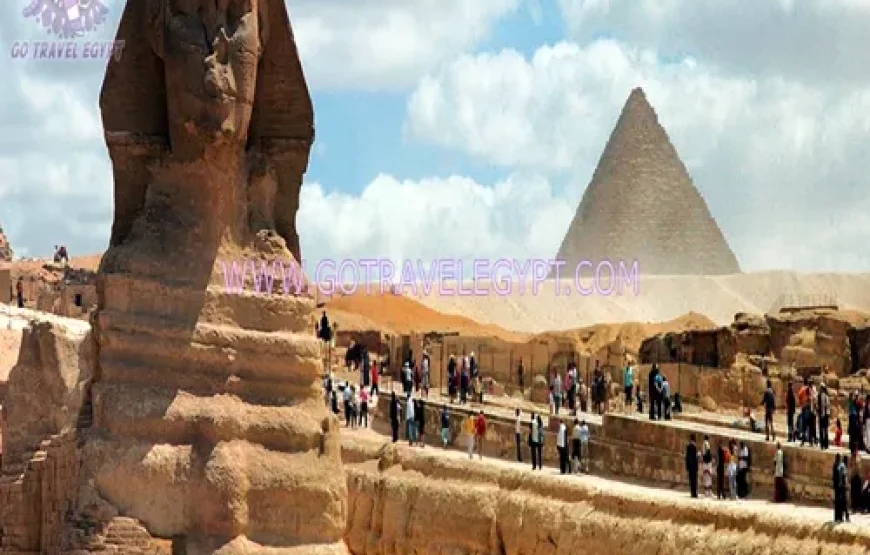
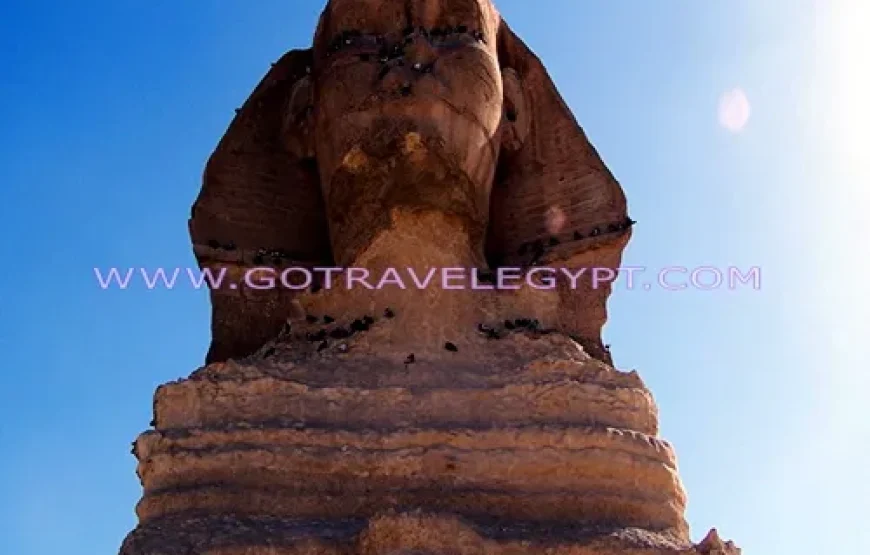
The Pyramids of Giza consist of the Great Pyramid of Giza (also known as the Pyramid of Cheops or Khufu and constructed c. 2580 – c. 2560 BC), the somewhat smaller Pyramid of Khafre (or Chephren) a few hundred meters to the south-west, and the relatively modest-sized Pyramid of Menkaure (or Mykerinos) a few hundred meters farther south-west. The Great Sphinx lies on the east side of the complex. Current consensus among Egyptologists is that the head of the Great Sphinx is that of Khafre. Along with these major monuments are a number of smaller satellite edifices, known as “queens” pyramids, causeways and valley pyramids.
This valley temple was part of the funerary complex including along with the pyramid (with its burial chamber) a mortuary temple (joining the pyramid on its east side), and a covered causeway leading to the valley temple. The purpose of these valley temples has been debated: they could have been used for the mummification process or perhaps for the “opening of the mouth” ceremony, when the “ka” entered the deceased person’s body. This temple is an excellent state of preservation, having been buried by desert sand until the 19th century.
~WIKIPEDIA`
Leave a review